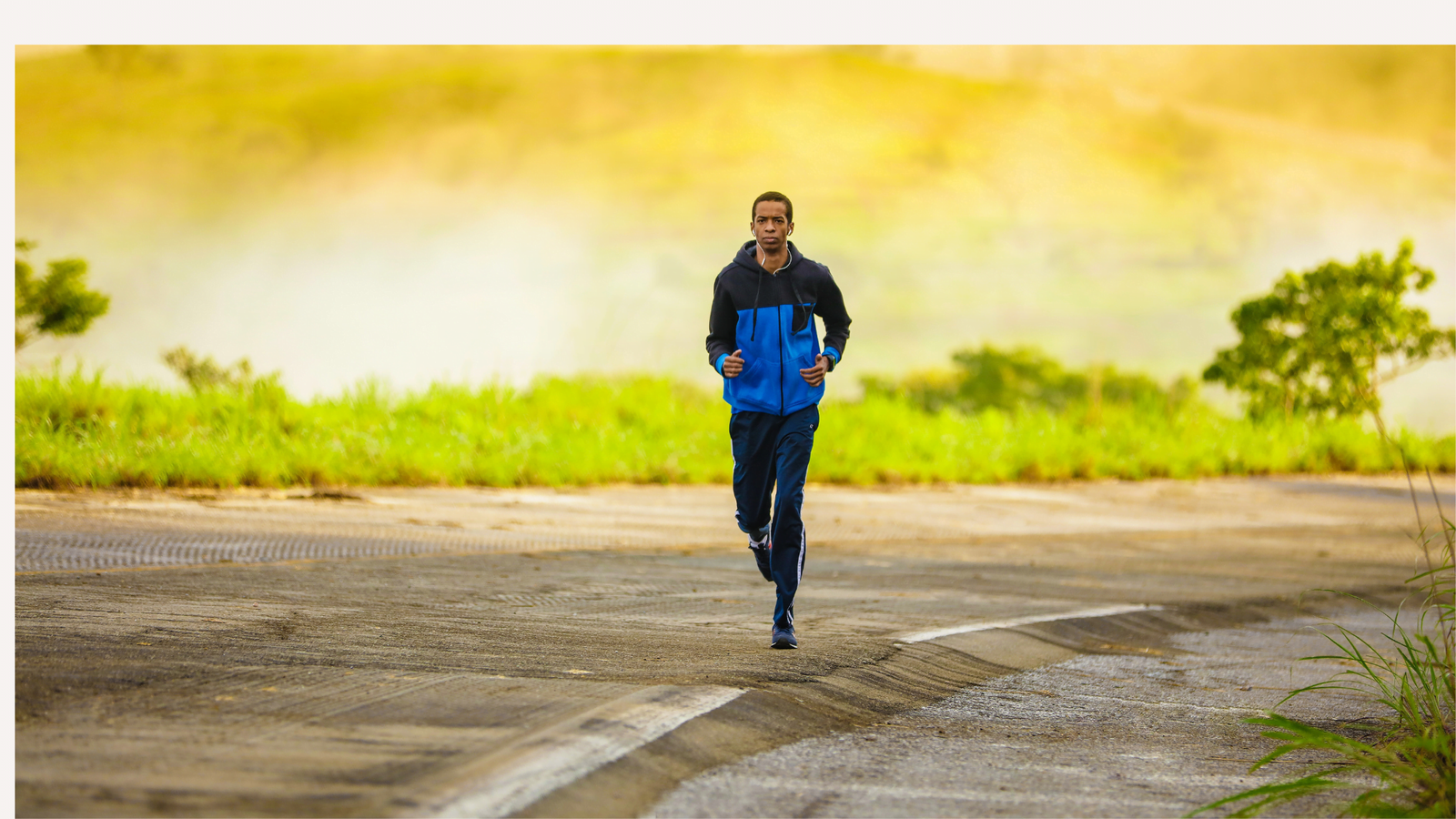Correct Running Technique
Correct Running Technique , another very good way to prevent your chances of injury when running is to run using the correct gait and biomechanics. In other words, you need to make sure that you are running with the right technique.
Is there are right and wrong way to run? You bet there is!
Correct Running Technique
And actually, the right way to run is something that people are only just beginning to learn. Because for years, we believed incorrectly that the correct running technique involved a heel–toe strike. This is why our shoes have big heels on them: for centuries we believed that our heel should hit the floor first and then roll onto the ball of the foot, propelling us off.
But then we started to study the way that native humans ran, such as the Tarahumara tribe. The Tarahumara are a people who still live and work in a manner very similar to how we would live and work when we were still evolving.
And they run entire marathons most days in order to hunt.
Not only that but they do in either in bare feet or in very light sandals. And they do it with no rest and no recovery.
Conventional wisdom tells us that this should be terrible for them: there bones should be shot, their adrenal glands should be empty and they should be constantly close to starving.
But the reality is that these people are incredibly healthy and capable of physical feats that modern man can only dream of.
And the big truth that comes from all this is that we were born to run.
How the Tarahumara Run – Correct Running Technique
Well, they run barefoot. This then means that they strike the ground with the ball of their foot first because hitting the ground with your heel first hurts if you’re not wearing shoes.
This instantly changes their whole gait. It means that their feet are now directly underneath their knees and their bodies when they hit the ground. This in turn means that there is straight line that the impact travels through and that the knee, ankle and waist can all compress to absorb that impact like a spring. Watch a cheetah run and it’s very similar.
This way, the leg provides natural shock absorption, which is rather different from what happens when our heel hits the floor first and sends a wave of impact travelling up through our legs and all the way through our backs
What’s more, is that it allows us to lean slightly more forward, which means that gravity can help us to propel ourselves forward. This makes this form of running a bit more energy efficient because we are no longer relying purely on our own thrust to push forwar.
And as such, we can run further, faster and injury free.
This is the correct way to run and it means that ‘toe–heel’ is actually the better option. This is what athletic coaches are now teaching their athlete, except they are giving the technique names
It also means that you should aim to gradually move toward a more minimal shoe so that you can come a little closer to running as you would naturally and as you would if you were going barefoot.
How to Switch to a More Minimal Running Style – Correct Running Technique
There are more and more shoes hitting the market that offer a more minimal structure to encourage this kind of running. And if you want to go there, you can even try something like the ‘Vibram Five Fingers’ – this is a shoe that is designed to act like a glove around the foot. It offers enough protection from twigs, grass and shrapnel that you can safely run on all terrains but it also lets your foot move completely freely.
But before you go and jump right in, keep in mind that this can be a quick way to injure yourself. While this is the correct way to run technique, different people are built differently. If you have a flat foot or a pronated foot, then you will be less likely to adapt well to this style of running. With no cushioning and no guidance, you are much more likely to cause an injury.
What’s more, is that you have likely been walking and running using shoes with heels for a very long time – and your feet have probably adapted. If you currently have a heel–toe strike, then you should try and slowly change your form with time and practice rather than just jumping straight in.
Progress to slightly more minimal shoes over time and monitor how it feels carefully. And only do this once you have checked with your doctor that it is okay to go ahead!
